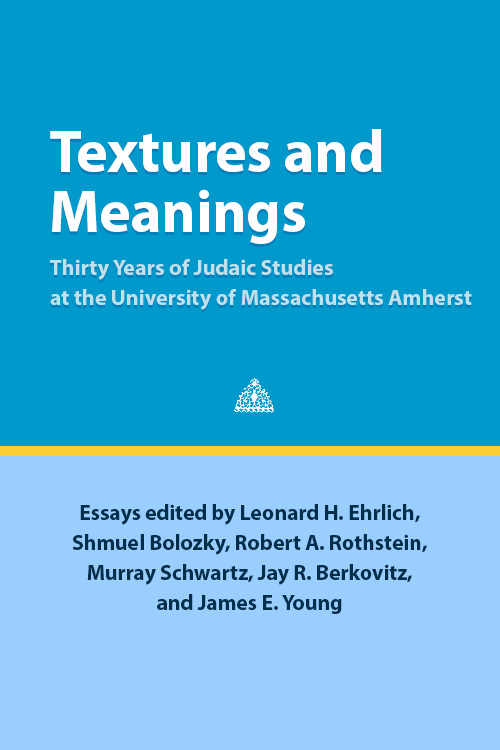Surface geminates (dageš forte) in Israeli Hebrew
Shmuel Bolozky
This chapter is part of: Leonard H. Ehrlich et al. 2004. Textures and Meanings: Thirty Years of Judaic Studies at the University of Massachusetts Amherst
Download Chapter| Description |
|---|
| Shmuel Bolozky’s contribution to this section represents the type of research done on Israeli Hebrew, a living language. It explores the status of consonant doubling/lengthening (or gemination) in current Israeli usage. As in the case of any study of Israeli Hebrew, the analysis cannot be completely devoid of reference to earlier phases of the language, such as Biblical Hebrew. It is typical of the research on contemporary Hebrew, in that it evaluates a phenomenon that used to be pervasive in Biblical and in Mishnaic Hebrew, but has very limited phonetic manifestation today. On the other hand, there are structural residues to historical germination, which continue to affect the organization of the phonology and morphology of the language, and must still be accounted for. Bolozky argues that there is no sufficient justification for assuming underlying gemination within morphemes as an abstract means to capturing certain phonological or morphological behavior, only to get rid of it across the board afterwards. Geminate consonants arising out of morpheme combinations, however, are to be described as such, as well as the reasons why some of them may be simplified into regular (non-long) segments, or may be split. |
-
Details
Published Published By Aug. 1, 2004 University of Massachusetts Amherst Libraries Citation Bolozky S. 2004. Surface geminates (dageš forte) in Israeli Hebrew. In Leonard H. Ehrlich et al. 2004. Textures and Meanings: Thirty Years of Judaic Studies at the University of Massachusetts Amherst
